INSTRUMENT CARE
Preparation for Cleaning
Before cleaning surgical instruments, ensure that all visible debris and organic matter are removed. This can be done by rinsing the instruments under warm water or wiping them with a damp cloth.
Manual Cleaning Suggestions
For manual cleaning, use a soft-bristled brush and a mild detergent or enzymatic cleaner. Scrub the instruments gently to avoid damage. Rinse thoroughly with water after cleaning.
Ultrasonic Cleaners
Ultrasonic cleaners use high-frequency sound waves to clean instruments. Follow the manufacturer’s instructions for use, and ensure that instruments are properly submerged in the cleaning solution.
Automatic Washer Sterilizers
Automatic washer sterilizers are designed to clean and sterilize instruments. Follow the manufacturer’s instructions for loading and operating the machine.
Instruments Inspection
After cleaning, inspect the instruments for any damage or signs of wear. Replace or repair any damaged instruments before sterilizing them.
Steam Sterilization
Steam sterilization is a common method used to sterilize surgical instruments. Follow the manufacturer’s instructions for the sterilization cycle and ensure that instruments are properly packaged.
Cold Sterilization
Cold sterilization methods, such as chemical sterilants, can be used for heat-sensitive instruments. Follow the manufacturer’s instructions for use and ensure that instruments are properly rinsed after sterilization.
Lubricants and Detergents
Use only approved lubricants and detergents for cleaning and sterilizing instruments. Follow the manufacturer’s instructions for use and ensure that instruments are properly rinsed after use.
Handling New Instruments
When handling new instruments, inspect them for any defects or damage. Clean and sterilize new instruments before use according to the manufacturer’s instructions.
